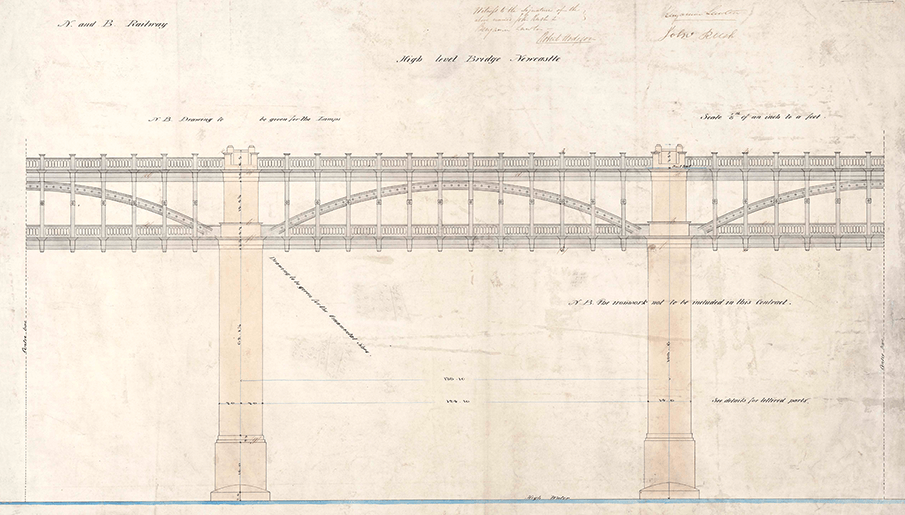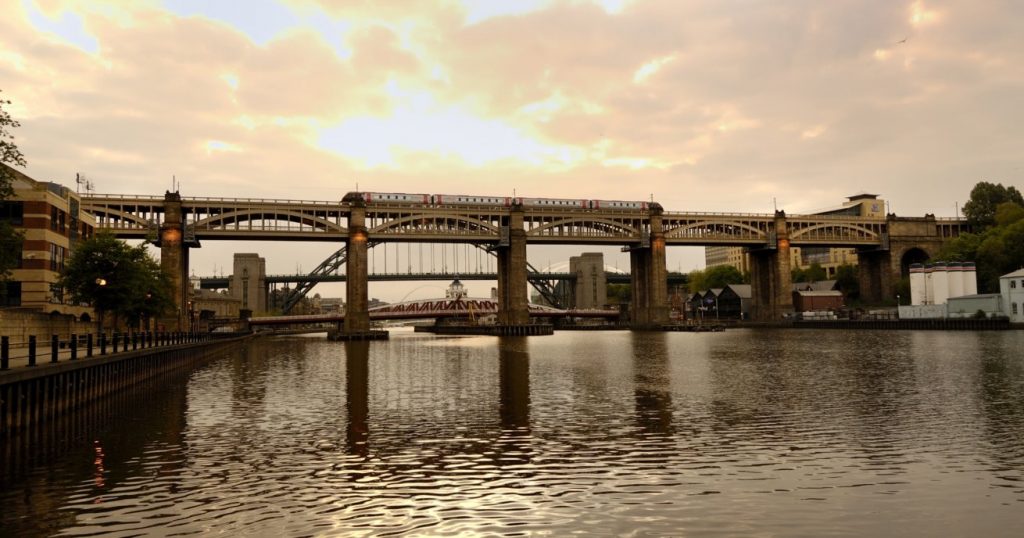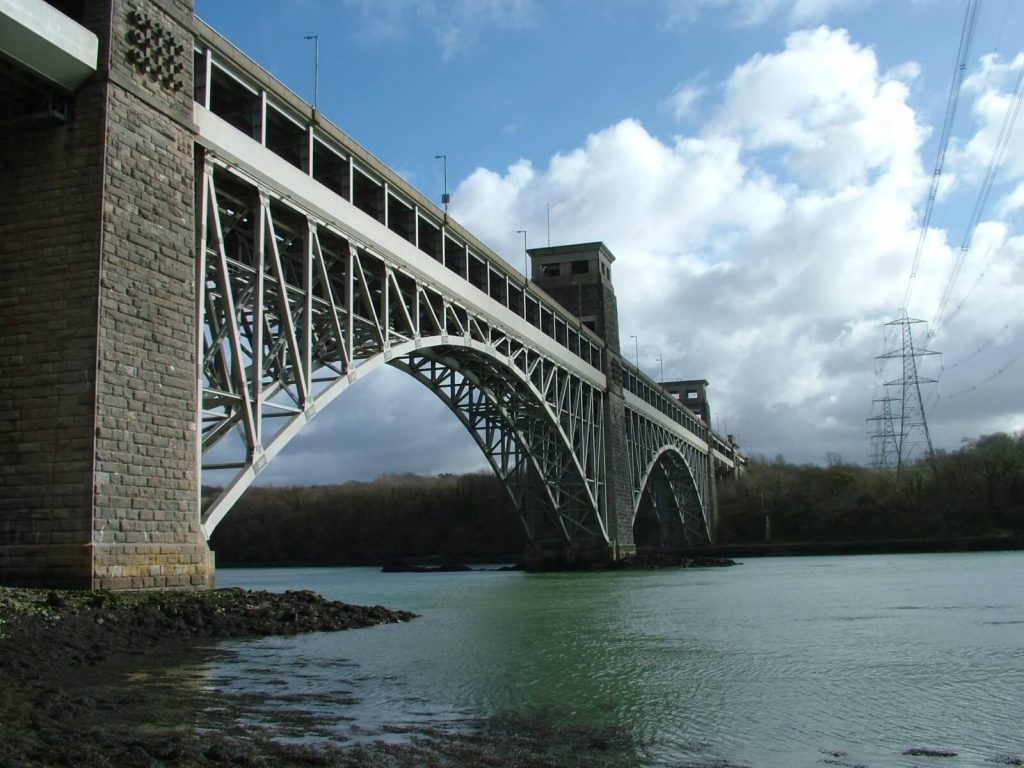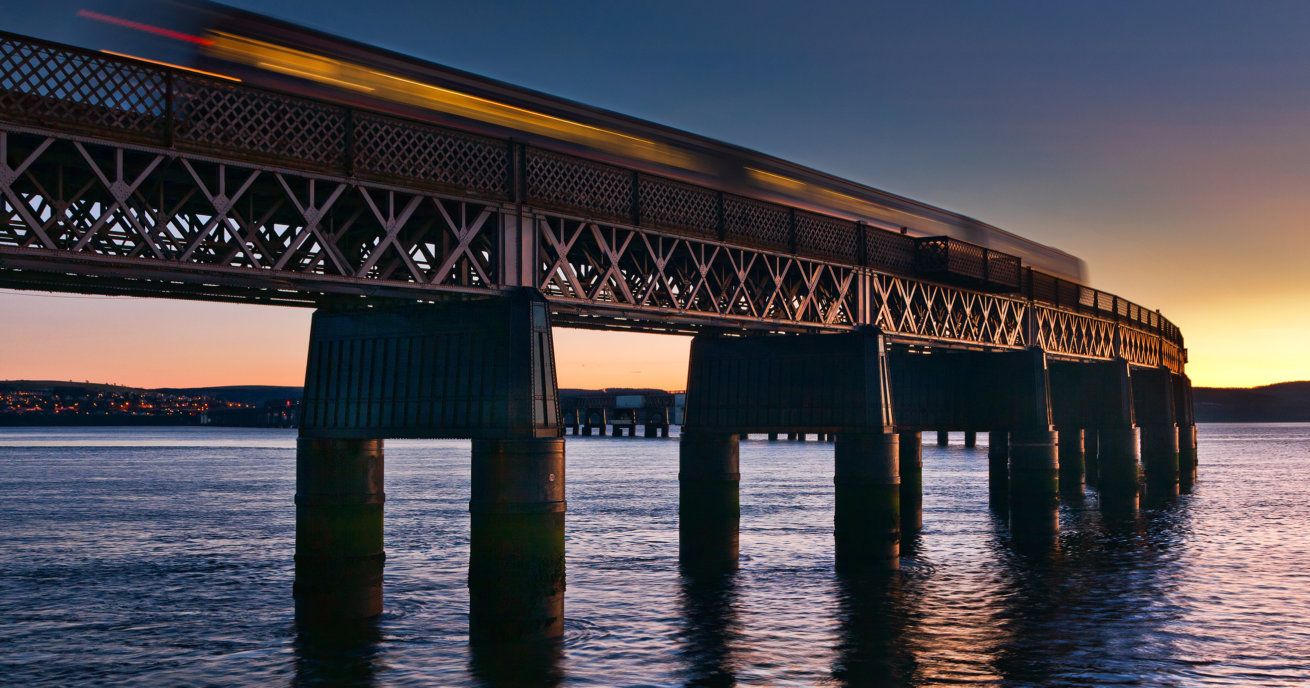Bringing bridges to life is the goal of a unique exhibition at London Bridge station this month.
Throughout September, visitors to the station have free entry to a display of panoramic, gigapixel and hybrid day and night images of the structures spanning the Thames.
The exhibition, Connecting London, is supported by Network Rail and forms part of the broader Totally Thames 2018, an annual celebration of the river.
We look at some of our most beautiful bridges across Britain:
Blackfriars station
The redeveloped Blackfriars station, which opened in 2012, has the distinction of being the first station to cross the Thames.
Click on the gallery to see more images
Construction took place in two halves over a three-year period, allowing the station to remain open on weekdays throughout the project. Steel for the construction of the new south entrance, connecting the Thameslink route with the South Bank, was delivered along the Thames by boat.
Did you know?
- The redeveloped station features the world’s largest solar bridge with over 4,400 photovoltaic panels – enough to cover 23 tennis courts.
- The roof provides up to half of the station’s energy – enough to heat almost 80,000 cups of tea a day.
- It also reduces the station’s CO2 emissions by an estimated 511 tonnes per year – equivalent to about 89,000 average car journeys.
Tay Bridge
We have just loaned an original plan of the Tay Bridge, which boosted travel and trade opportunities to the east coast of Scotland – to V&A Dundee, Scotland’s most prestigious new museum. The wall-mounted, box framed, design drawing shows an original plan of the Tay bridge on tracing paper with coloured inks.
The original bridge opened in 1878, doubling passenger numbers between Dundee and Fife. However, the 13 central high girders of the bridge collapsed on the night of 28 December 1879 in a terrible storm. The new bridge opened without ceremony in 1887 after just five years of construction.
Stephenson’s High Level Bridge
Robert Stephenson’s High Level Bridge in Newcastle – the world’s first bridge to combine rail and road traffic – was included in an online archive curated for the Great Exhibition of the North this summer.
Opened in 1849, the High Level Bridge was part of the objective to create a continuous line from London to Edinburgh. Robert Stephenson designed the bridge to carry the railway above, rather than beside the road for the first time – a concept that would save space and money.


Britannia Bridge
Proposed as a railway through North Wales, connecting London via Chester with the Port of Holyhead in Anglesey, the Chester and Holyhead Railway Act was passed in June 1845. Robert Stephenson was soon appointed its chief engineer, making use of his iron tubular bridge design.

When built it had the longest continuous wrought iron span in the world. Devastated by fire in 1970, the bridge was rebuilt using the masonry supports in Stephenson’s original structure.
Did you know?
This month, Network Rail employees scaled the Forth Bridge with children’s charity Barnardo’s Scotland.
Click on the gallery to see more images
Read more
- Preserving railway history: five things saved by Network Rail
- Network Rail graduates step into history
- Step back in time… and inside Britain’s busiest signal box
- Incredible Stephenson railway history rediscovered
- Read the George Stephenson notebook online
- An overview of our history
- Working with railway heritage




